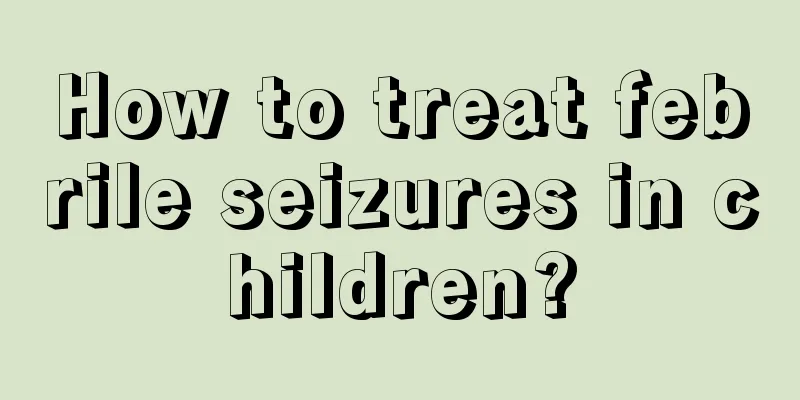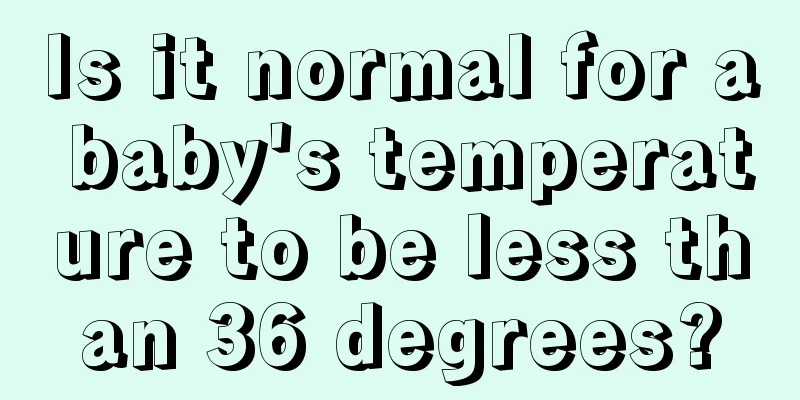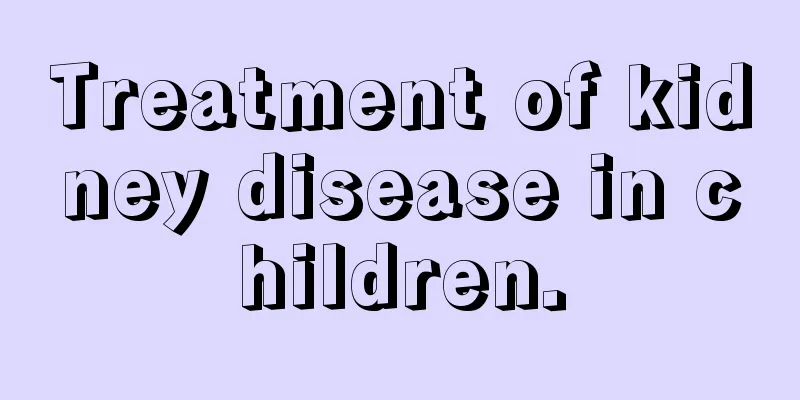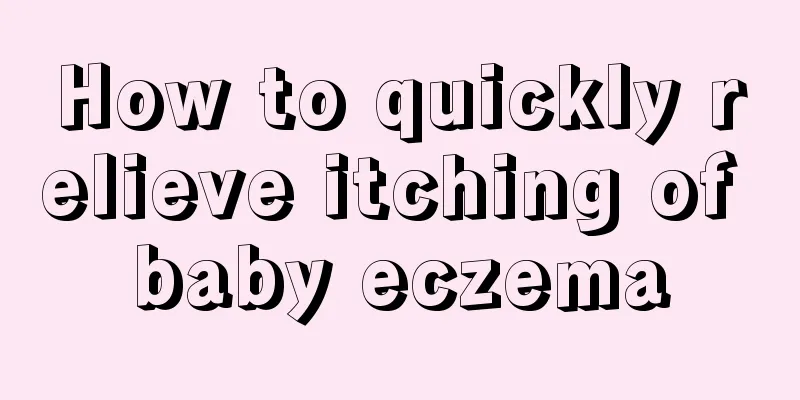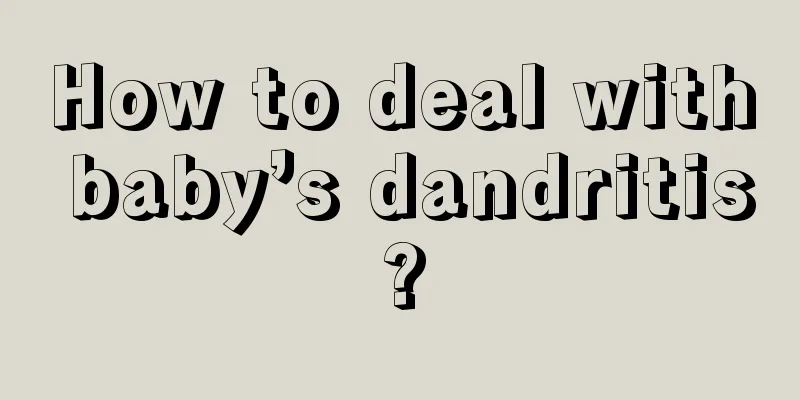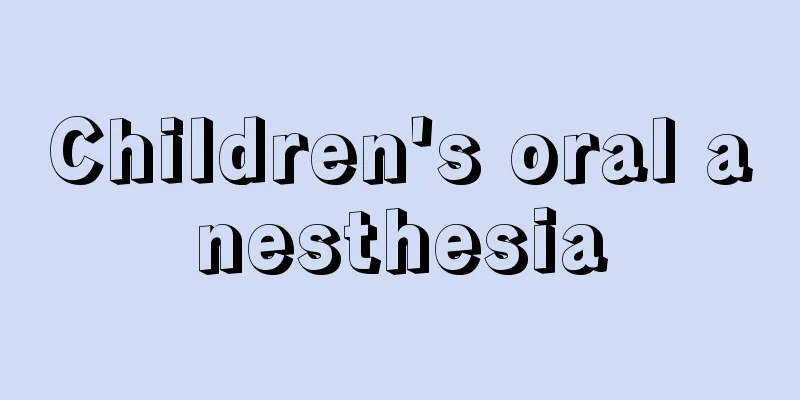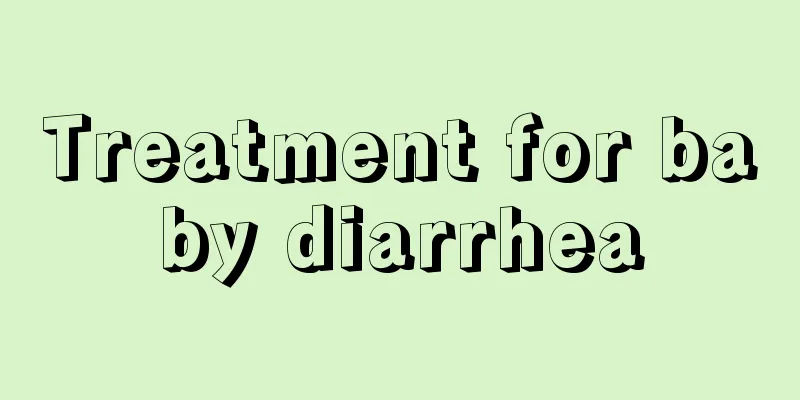What to do if your child has a runny nose and sneezes
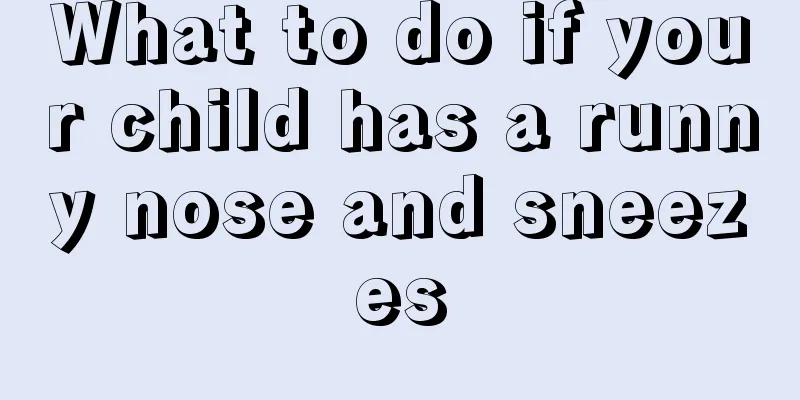
|
When a child feels unwell, a physical examination should be conducted first so that the correct treatment method can be chosen to avoid affecting the child's body. Runny nose and sneezing are very common in children. If a child often has such problems, it is necessary to pay attention to whether he has rhinitis. If so, timely treatment is required. If it is other problems, there are some treatments. What to do if your child has a runny nose and sneezes: The mother should first observe whether there is any booger in the baby's nostrils. If so, she can clean it with a cotton swab dipped in water; she can also slowly massage the baby's nose or both sides of the nose. Then use a hot, wet towel to apply hot compress on the baby's nose. In this way, when the nasal mucosa shrinks when exposed to heat, the nasal cavity will be more unobstructed and the sticky nasal mucus will be easier to hydrate and flow out. Try to let your baby sleep more, reduce outdoor activities, don't let your baby get tired, and let him drink more water. Adequate water can make the nasal secretions thinner and easier to clean. Let your baby eat more fruits and juices rich in vitamin C. I heard that chicken soup can relieve the symptoms of colds, so you might as well make some chicken soup for your baby to drink. If you find that your baby's nose is blocked while sleeping, you can put one or two towels under the child's mattress and slightly raise the head to relieve nasal congestion. Never let babies under two years old sleep directly on pillows or put pillows under mattresses, as this can easily cause suffocation or damage the cervical spine. The baby is too young to blow his nose by himself. Wherever there is snot, the baby's breathing will be obstructed. The best way to let the baby breathe smoothly is to help the baby blow his nose. You can put a little Vaseline in your baby's external nostrils, which often relieves nasal congestion; if the mucus is thick, you can try using a nasal aspirator or twisting a medical cotton ball into a small stick to remove the mucus from the nose. After understanding what to do if your child has a runny nose and sneezes, you can follow the above methods to relieve your child's runny nose and sneezing. These methods do not have much impact on the child's body, and mothers can use them with confidence. It is very effective in improving children's runny nose and sneezing. |
<<: What to do if your child keeps having a runny nose
>>: What to do if children have tears in their eyes
Recommend
What is causing the intermittent pain on the right side of a child’s abdomen?
We often hear people talk about intermittent pain...
Can a one-year-old baby eat longan?
For babies who are already one year old, they can...
What medicine should babies take for acute laryngitis
Acute laryngitis is a type of laryngitis and is a...
What should I do if my 4-year-old child snores?
Everyone should be familiar with snoring when sle...
How to treat jaundice by sunbathing
Many babies now have symptoms of jaundice, and ma...
What's the best thing for kids to eat for lunch?
Lunch is a very important meal, not only for adul...
What preparations should be made for teething in six-month-old babies?
The birth of every baby is a surprise to a family...
How much milk powder does a child eat in a month
Although the best nutrition for children comes fr...
How many times a day is normal for a newborn baby
In our lives, many new mothers do not have much e...
Treatment of gastroesophageal reflux in children
Gastroesophageal reflux disease in children can c...
How to feed a two-year-old baby
Here is an introduction to feeding methods for tw...
What should I do if my child has warts?
Warts are actually a skin disease, which usually ...
What to do if your baby has dandruff
Newborn babies will have brown or black dandruff ...
Café au lait spots must be neurofibroma
There are many skin diseases on the human body, o...
Children of close relatives
The main reason for close relatives to get marrie...
